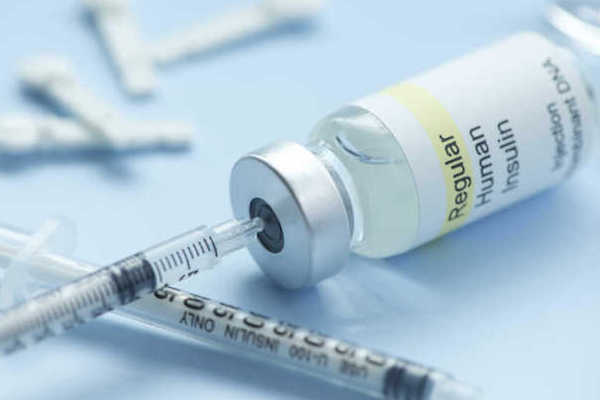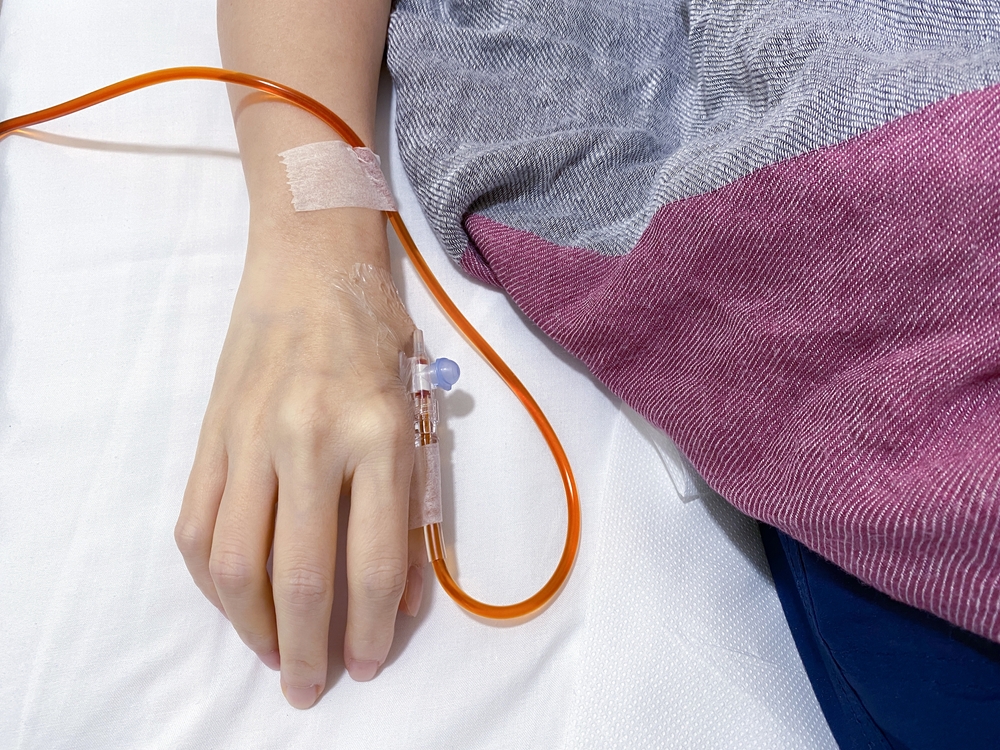
Feature
In the general population blood pressure is an important modifiable risk factor for cardiovascular events and mortality. Rates of those events are high in patients with kidney failure being treated with maintenance hemodialysis. However, management of blood pressure in that patient population is challenging due to U-shaped associations of systolic blood pressure measured at the dialysis unit prior to the start of dialysis with cardiovascular disease and death found in multiple observational studies.
The mortality risk is higher in hemodialysis patients with predialysis systolic blood pressure <140 mm Hg than in those with systolic blood pressure >140 mm Hg. The adjusted risk for mortality in patients with predialysis systolic blood pressure of 150 to 179 mm Hg is comparable, if not lower, than in patients with predialysis systolic blood pressure of 140 to 149 mm Hg, even after accounting for case-mix. Those data have led to uncertainty regarding management of blood pressure in dialysis patients among providers and guideline committees.
Many opinion leaders feel that measuring and targeting out-of-dialysis-unit blood pressure may not be feasible. Nisha Bansal, MD, MAS, and colleagues hypothesized that there would be more widespread measuring and targeting of home blood pressure if studies revealed the practicality of that approach. They conducted a pilot clinical trial (BOLD [Blood Pressure Lowering in Dialysis]) to test the feasibility, adherence to, safety, and tolerance of home blood pressure measurement and treatment. Results of the study were reported in the American Journal of Kidney Diseases [2021;77(1):12-22].
The nonblinded 4-month, parallel-group, randomized, controlled trial included 50 participants in the greater Seattle, Washington, and San Francisco, California, areas, and compared a strategy of targeting home systolic blood pressure <140 mm Hg versus predialysis systolic blood pressure <140 mm Hg. The primary outcomes of interest were feasibility, adherence, safety, and tolerability.
The 50 participants were treated by 10 different primary nephrologists at eight different dialysis units (seven nephrologists at the University of Washington and three at the University of California, San Francisco). Patients were randomly assigned to home blood pressure treatment or predialysis blood pressure treatment (25 in each group). Home and predialysis systolic blood pressures were ascertained every two weeks.
Mean age of the overall cohort was 56.6 years, 40% were female, 8% were Hispanic, 40% were Black, 28% were White, 22% were Asian, 6% were Pacific Islander, and 6% were other race. The primary kidney disease diagnosis was diabetes mellitus in 44%, hypertension in 18%, polycystic kidney disease in 2%, and other or unknown in 36%.
Of the 25 patients in the home dialysis group, home systolic blood pressure was 4.6 mm Hg lower on average than predialysis blood pressure at baseline. The correlation between home systolic blood pressure and predialysis blood pressure was modest (r=0.61; P=.001).
Overall, 49 of the 50 participants completed the study successfully. The participant who withdrew did so because she received a deceased donor kidney transplant.
During the 4-month intervention period, among participants in the home blood pressure group 97.4% of study visits had at least one home blood pressure measurement completed and transmitted to the research team. Throughout the 16-week study period, adherence to home blood pressure measurements was high and consistent. All participants in the home blood pressure treatment arm were able to complete at least one blood pressure measurement during weeks 1 to 4; 96% of participants completed one home measurement in weeks 5 to 16.
Of the 25 participants in the home blood pressure group, 84% (n=21) completed a survey on the experience; 95% of those (20/21) strongly agreed or agreed that it was “easy using the home blood pressure device to measure blood pressure,” 86% (18/21) strongly agreed or agreed that “remembering to measure blood pressure using the home blood pressure device twice over 2 weeks was easy,” and 100% (21/21) said they “would recommend patients with [end-stage kidney disease] use this home blood pressure device to measure their blood pressure at home.”
The percentage of dialysis treatments with either excessively low or high pre- or postdialysis systolic blood pressures was small and similar in the two groups. The rates of syncope, falls, and flash pulmonary edema were also comparable between the two groups.
Among participants in the home blood pressure treatment group the frequency of intradialytic hypotension was lower than among those in the predialysis treatment group, although the difference was not statistically significant (8.3% vs 13.4%; P=.3). The two groups were similar in the frequency of reported cramping, dizziness, and lightheadedness during the 4-month intervention period.
Those in the home blood pressure group reported more symptoms of fatigue compared with those in the predialysis treatment group (32% vs 16%); the number of participants reporting fatigue were similar in the two groups (15/25 vs 16/25). The groups were similar in the proportion of dialysis treatments shortened for reasons of cramping, low blood pressure, or symptoms of low blood pressure. Self-reported time to recovery from dialysis was similar in the two groups.
Limitations to the findings cited by the authors included the small sample size and the short duration of the intervention.
In summary, the researchers said, “In this pilot trial we found that measuring and treating home blood pressure was feasible and well tolerated. Further, we did not observe any strong signals to suggest any safety concerns. Our data support the notion that repeat measurement of home blood pressure is a pragmatic way to obtain out-of-dialysis unit blood pressure in many dialysis patients in the real world. A larger trial with more participants and longer follow-up will be needed to understand the value of home blood pressure measurements as a guide to antihypertensive therapies among hemodialysis patients.”
Takeaway Points
- Results of a pilot clinical trial testing the feasibility, adherence, safety, and tolerance of home blood pressure measurement and treatment among hemodialysis patients.
- In the group assigned to home blood pressure treatment, adherence in measuring and reporting blood pressure was 97.4% over the 4-month intervention period.
- The two groups (home vs predialysis blood pressure treatment) were similar in frequency of high or low predialysis blood pressure readings.
Credit: Original article published here.









